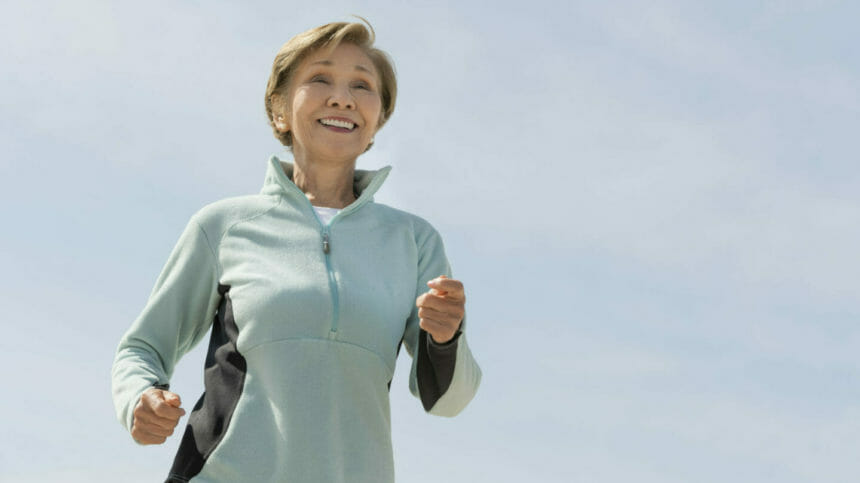
Staying active is imperative for older adults. Unfortunately, less than 15% of them meet activity standards. That’s why the federal government recently shared recommendations to help people over the age of 65 increase their physical activity.
“The immediate and long-term health benefits of engaging in regular physical activity are well documented. This is why it is so important for all Americans, including older Americans, to stay physically active,” US Department of Health and Human Services Secretary Xavier Becerra said in a recent statement. “This report will help us support older adults in living physically active lives.”
The report goes with the Physical Activity Guidelines for America, which help people of almost any age stay active. But this report solely focuses on people over 65.
According to the report, older adults should:
- Get at least 150 minutes of moderate-intensity or 75 minutes of vigorous-intensity aerobic physical activity a week. This can also include a combination of moderate- and vigorous aerobic activity. The exercise should be spread throughout the week.
- Perform muscle-strengthening activities at an intensity that’s moderate or greater. This should be done at least two days a week.
- Participate in physical activities including balance training to reduce the risk of falls and maintain overall strength.
It’s vital to understand the needs and abilities of individuals when setting up activity plans. For example, those with chronic conditions should understand how those conditions may affect their abilities. They should be encouraged to stay active within what their abilities will allow.
The report also addresses related topics, including benefits of and barriers to being physically active, and physical and financial costs of inactivity.
Doctors and caregivers should consider options for older adults to exercise, such as suggesting activities based on their location, ability and equipment. Behavior change strategies can be incorporated to increase awareness about staying active and draw on social ties to maintain a healthy lifestyle.
The report also highlights evidence that shows physical activity interventions have been successful in healthcare settings, including nursing homes and assisted living communities. They can also incorporate community locations such as schools, gyms, libraries and parks.




